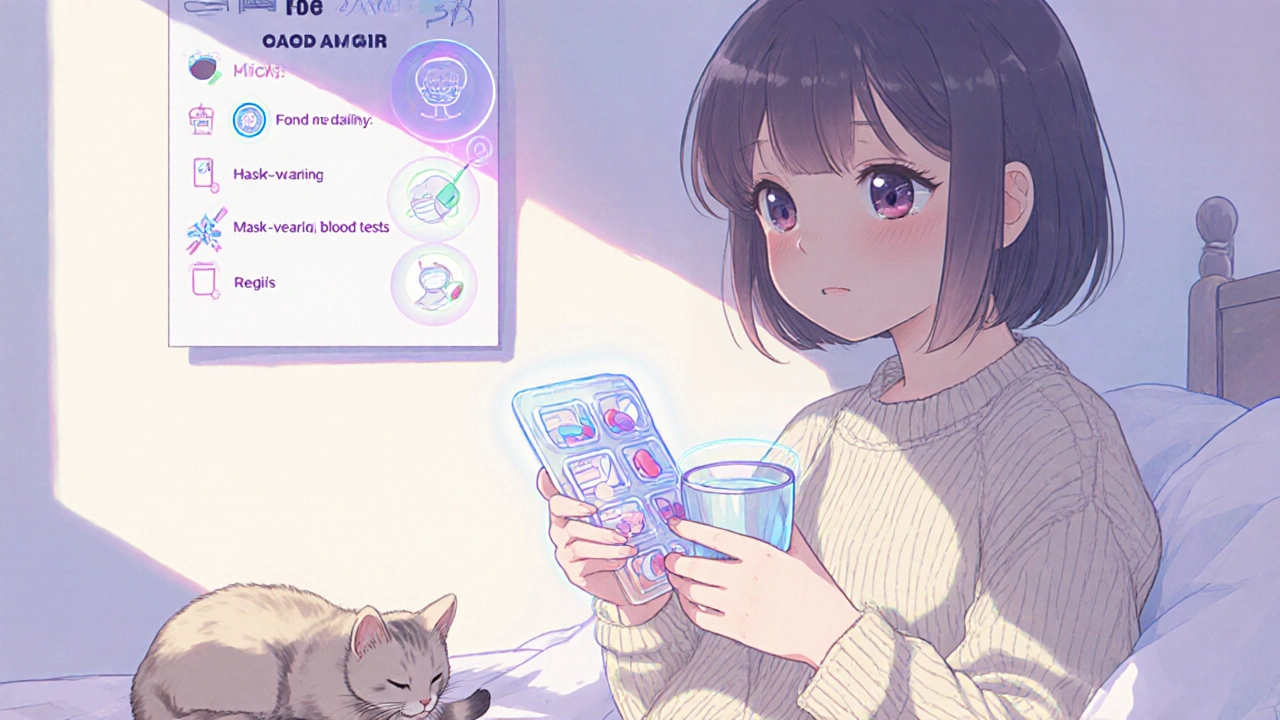Autoimmune Disease: Causes, Treatments, and How Medications Help
When your body turns on itself, that’s autoimmune disease, a condition where the immune system mistakenly attacks healthy tissues. Also known as autoimmune disorders, it’s not just one illness—it’s over 80 different conditions, from rheumatoid arthritis to lupus, multiple sclerosis, and type 1 diabetes. Your immune system is supposed to fight germs, not your joints, skin, or pancreas. But in autoimmune disease, something goes wrong—maybe genetics, environment, or a mix of both—and your body starts treating its own cells as invaders. That’s when inflammation, pain, fatigue, and damage start showing up.
That’s where immunosuppressants, medications that calm down an overactive immune system come in. Drugs like tacrolimus, a key drug used after organ transplants to prevent rejection and mycophenolate, a common choice for lupus and other autoimmune conditions don’t cure the disease, but they stop it from tearing your body apart. These aren’t weak pills—they’re powerful, and they need careful use. Taking them means balancing relief against risks like infections or long-term side effects. That’s why timing, dosage, and knowing what other meds you’re on matters. For example, calcium or iron supplements can mess with how well these drugs work if taken at the wrong time.
People with autoimmune disease aren’t just taking one pill. They’re often managing multiple things at once: blood pressure, cholesterol, pain, or even depression. That’s why so many posts here talk about medication interactions. A drug that helps your joints might clash with your thyroid med. An antibiotic for an infection could reduce the effect of your immunosuppressant. Even something as simple as when you take your iron pill can make a difference. That’s why understanding your full medication list—not just the main one—is critical.
You’ll find real advice here on how to use these drugs safely, what alternatives exist, and how to spot when something’s off. Whether you’re newly diagnosed or have been managing this for years, the posts below give you straight talk on what works, what doesn’t, and how to avoid common mistakes that cost you more than just money.

